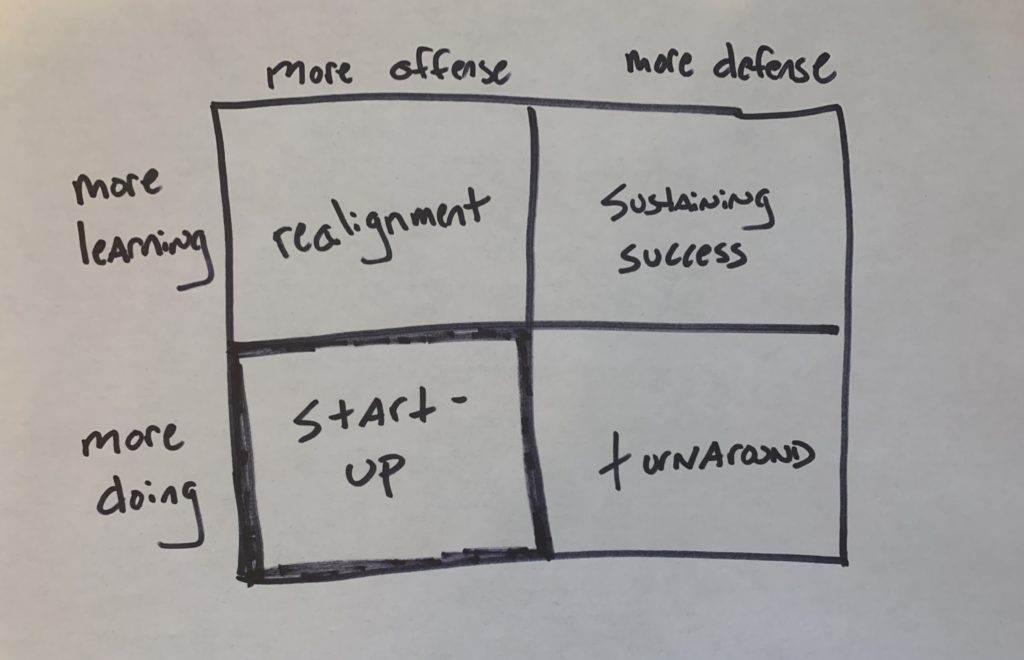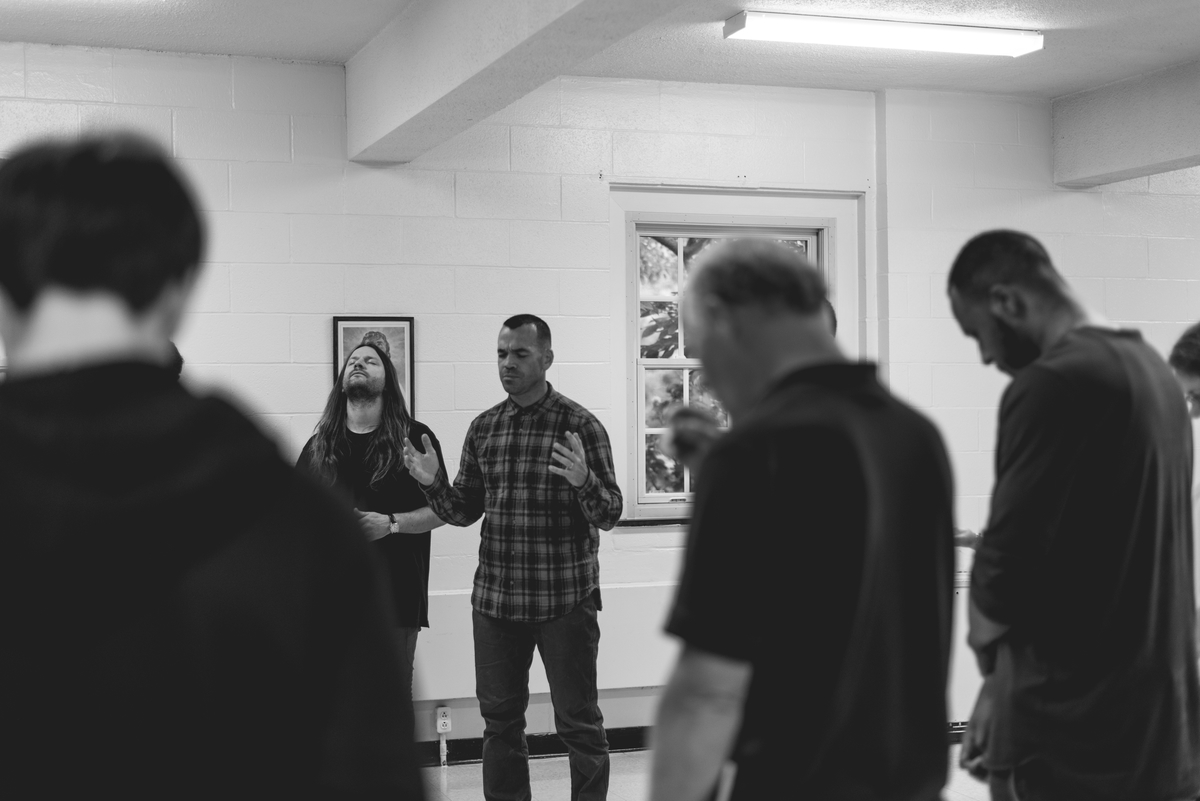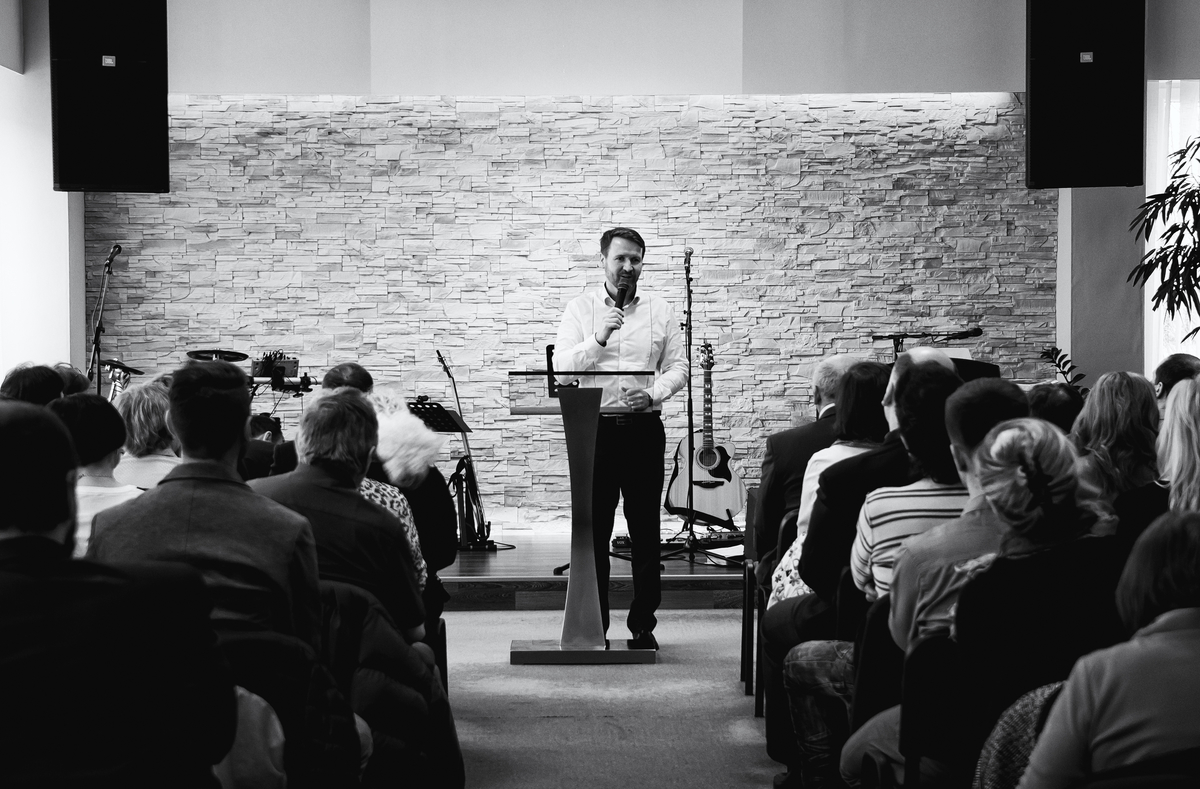When the pandemic began, Andy Crouch, Kurt Keilhacker, and Dave Blanchard insightfully gave leaders categories for how they were viewing the pandemic — as a blizzard, winter, or the beginning of a little Ice-Age. The imagery is helpful. You hunker down and wait it out in a blizzard, expecting things to return to normal pretty quickly. A winter presents challenges over months and those challenges impact many sectors of society. But a little Ice-Age presents potentially years of disruption. Crouch and his colleagues encouraged leaders to plan for an Ice-Age scenario, with the understanding that it is better to plan for an Ice-Age and find yourself in a Winter than to plan for a Winter and find yourself in an Ice-Age.
In the month of April, nearly every conversation I had with ministry leaders included a discussion about that framework. Some form of the question “How are you and your team treating this pandemic: blizzard, winter, or Ice-Age?” was constantly being asked. Common answers were “Winter trending Ice-Age” or “Ice-Age hoping Winter.” Many of us, including me, did not want our context to be an Ice-Age. We loved what we were doing and who we were doing it with. There had to be some grieving before moving towards an Ice-Age mentality with optimism and hope. There is still some grieving. But summer 2020 has been a winter, and while there is a lot unknown for life and leadership as we move into the Fall, it is obvious that this Fall will be very different than last Fall.
Because of an “Ice-Age,” Crouch challenged leaders to view their organizations as start-ups with only the first few slides in the slide deck being the same. The first few slides in the deck, as you know, are the slides where entrepreneurs and leaders share their overarching mission and values with potential investors or team members. The subsequent slides are typically about strategies, tactics, plans, and goals. The message Crouch was sending was, “Other than your mission and values, the rest of the slides are likely irrelevant now. You are now a start-up.”
What does it mean to live and think like a start-up? How does that change how many leaders have been leading and behaving?
In his book, “The First 90 Days” Michael Watkins articulates that wise leaders evaluate the phase their organization is in and adjust their approach accordingly. In other words, if you find yourself in a “start-up” or an “Ice-Age,” you should adjust your leadership accordingly as the context should always impact how one leads. According to Watkins, all organizations are in one of four phases:
- Start-up: the early phases of an organization
- Realignment: the phase where drift occurs because of added complexity
- Sustaining-success: the phase when an organization experiences growth
- Turnaround: the phase where the organization needs new direction
A similar mindset and posture are required to lead in a start-up and turnaround. Both of them, according Watkins, require a “hunting mentality.” On the other hand, both realignment and sustaining success contexts require a “farming mentality.” Farmers and hunters both spend their days working for food they will eat, but how they get their food is very different. Farmers plan, plant, watch over, and harvest at the appropriate time. Hunters search for food that they will soon eat. They move with greater speed. There are a lot of learnings from Watkins’ work, but here are two thoughts on leading like you are in a “start-up.”

1. Learn by doing.
Those who have led in a start-up environment speak of launching with a minimal viable product, learning from that launch, and then re-investing in what is resonating. They speak of quick pivots, adjusting on the fly, and scaling at speed. This is a different mentality than a context where everything is stable and successful in its current form. In a “sustaining success” context, it is wise to learn deeply before doing – before making any adjustments. But a start-up mentality requires learning by doing, more than learning before doing. Long meetings planning twelve months from now is not thinking like a start-up. Trying some things to serve people, learning from those, and adjusting is thinking like a start-up.
2. Play offense.
While both turnaround and start-up contexts require leaders to be “hunters” and live with a “doing” posture, a turnaround calls for defending the core while a start-up calls for more of an offensive approach because you have not yet built anything to defend. Oftentimes turnaround leaders will divest of everything but the core business to protect the core and invest in the core. Start-up leaders invest energy and resources in building what the future will be because there is not a core business to defend. Spending lots of time planning how things will be when everything is “back to normal” is not acting like a start-up. Looking for opportunities today, because hunters hunt today, is.
Obviously, leading like a start-up will only make sense to the degree you believe we are in an Ice-Age, to the degree which you really believe that only the first few slides in the deck are relevant at this time. But no matter what is coming this Fall, all leaders can benefit from leading with more of a start-up mentality in this season – to learn by doing and to play offense in serving people well.





